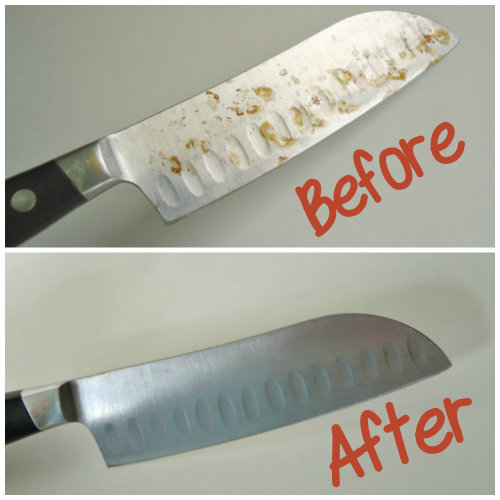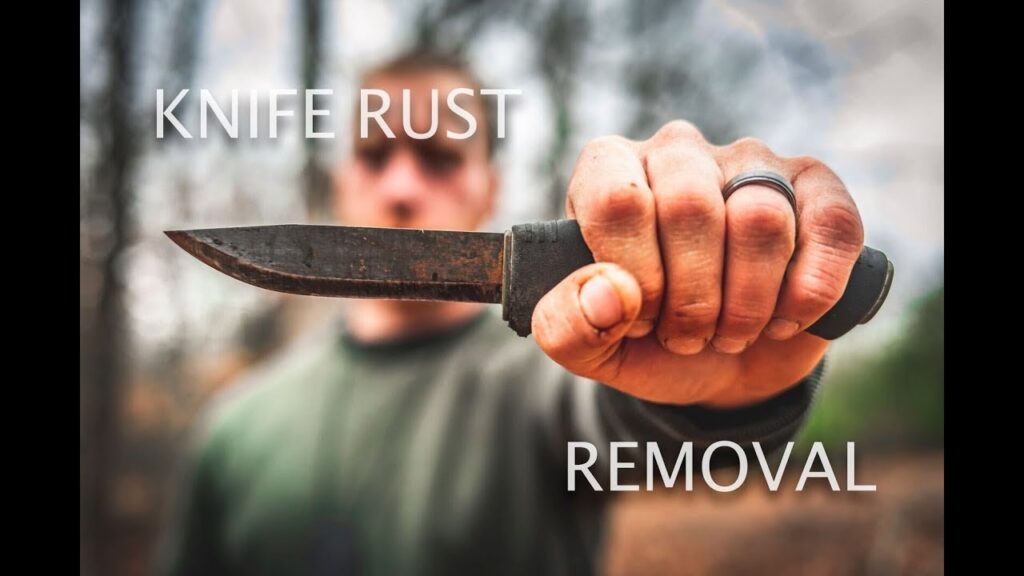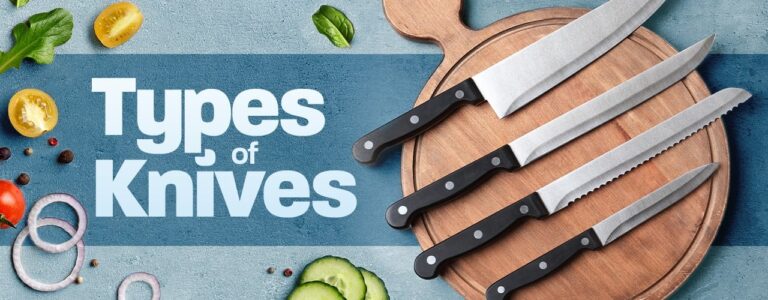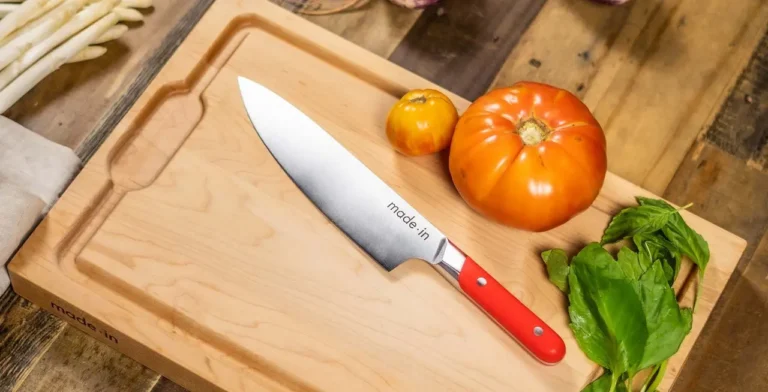How To Get Rust Off Knife
Despite careful maintenance, both stainless steel and carbon steel knives may still rust. This article aims to provide practical advice on the correct care and rust removal procedures for knives.

Effective chemicals and tools simplify the rust removal process. Continue reading to discover step-by-step methods for rust removal. It will also provide a guide to understand what actions to avoid.
How To Clean Rust Off Your Knives
When you discover rust spots on your beloved kitchen knives, there is no need to panic. Several effective methods can help you remove these unsightly marks and restore your knives to their former glory.

Here, we will explore some tried-and-true rust removal techniques that can make your knives look brand new again. They will help you deal with minor rust spots or more severe damage. These methods will help you get your knives back in top shape.
Here are some methods to clean rust off your knives;
1. The Vinegar Method:
- Gather a bowl, white vinegar, a soft sponge, and dish soap.
- Submerge the entire blade of your knife in a glass of white vinegar.
- Allow it to soak for 15-30 minutes for minor rust, or overnight for more severe rust.
- After soaking, carefully remove the knife from the vinegar.
- Use a soft sponge to gently scrub the rust spots, applying a bit of pressure as needed to remove them.
- Once the rust stains have been removed, wash the knife thoroughly with soap and water.
- Finally, make sure to dry the knife completely to prevent future rusting.
2. The Baking Soda Method:
- You’ll need baking soda, water, and a soft sponge.
- Create a thick paste by mixing water and baking soda.
- Carefully spread the paste over the rust spots on the knife.
- Allow the paste to sit for at least an hour, giving it time to break down the rust.
- Use a soft sponge to scrub the knife, focusing on the rusted areas gently.
- Rinse the knife thoroughly with water and ensure it’s completely dry.
3. The Lemon Method:
- For this method, you’ll need a lemon, some salt, and a soft sponge.
- Cover the rust stains on the knife with salt, making sure they’re well-covered.
- Squeeze the juice from a lemon onto the salt-covered rust spots.
- Allow the mixture to sit for about two hours, letting the acid in the lemon work on the rust.
- After two hours, carefully scrub the knife with the lemon rind and a soft sponge.
- Rinse the knife with water and make sure it’s thoroughly dried.
4. The Potato Method:
- Gather a potato, some salt or baking soda, and dish soap.
- Slice a potato in half.
- Cover one-half of the cut potato with dish soap.
- Sprinkle salt or baking soda on top of the potato.
- Use the potato to rub the rust spots on the knife, applying pressure as needed to remove the stains.
- Rinse the knife well with water and make sure it’s dry.
What Causes Your Knives to Rust?
Rust spots on your cherished kitchen knife can be common, and understanding why they happen is the first step in dealing with them effectively. Rust, which presents itself as those brown or orange iron oxide marks on your knife, can develop on any metal, including the steel commonly used in knife blades. It’s essential to know that rust begins to form when metals like steel come into contact with acidic substances, such as water. While these rust spots are generally not harmful, they can become unsightly over time. However, they can still be used safely for food preparation. It’s crucial, though, to watch out for excessive rust, as it can introduce impurities into your food and potentially render the knife unusable if left untreated.
Chemicals to Avoid
WD-40 and Other Chemicals: Some sources recommend using chemicals like WD-40 or mineral oil to clean and restore cutlery and cookware.
Caution in the Kitchen: However, it’s essential to exercise caution when using such chemicals in the kitchen.
Not for Culinary Use: These chemicals, although effective in rust removal, are not intended for items you plan to use for cooking.
Alternative Usage: It’s safer to reserve these chemicals for tools in your tool shed or other non-food-related applications.
Prioritize Food Safety: To ensure the safety of your culinary tools and utensils, opt for more food-safe rust removal methods in the kitchen.
How to Prevent Rust:
- Keep your knives clean and ensure they’re thoroughly dried after washing.
- Store your knives in a dry area with low humidity to prevent rust formation.
- Apply a protective coating to your knives by using a small amount of mineral oil on the blade twice a year. This helps prevent future rust stains.
By following these steps to remove rust and taking precautions to prevent it. You can ensure that your favorite knives remain in excellent condition for years to come. It allows you to focus on your culinary creations without any concerns about unsightly rust spots.
Frequently Asked Questions
Rust on knives typically forms when the steel in the blade is exposed to moisture, especially when the knife is not dried thoroughly after use.
Minor rust on a knife is generally not harmful, but it can affect the knife’s performance. However, excessive rust can introduce impurities into your food and render the knife unusable if not addressed.
Some common methods include using vinegar, baking soda, lemon, or even a potato to scrub away rust. These methods vary in effectiveness depending on the severity of the rust.
While these chemicals can be effective in rust removal, it’s not recommended to use them on knives intended for cooking as they may not be food-safe.
To prevent rust, ensure your knives are thoroughly cleaned and dried after use. Store them in a dry area with low humidity, and consider applying a protective coating.
Conclusion
Choosing the right steel for your knives is essential, while carbon steel knives offer exceptional sharpness. They require more maintenance to prevent rust. However, with the rust removal methods discussed, you can effectively restore a rusted knife.
To maintain your knives, prioritize regular cleaning, thorough drying, and proper storage. Avoid using unsuitable chemicals in the kitchen to ensure the longevity and reliability of your knives. A well-maintained knife is not just a tool but an extension of your culinary skills.
Invest in the care of your kitchen essentials, and they will faithfully serve you, enhancing your cooking experiences for years to come. So, remember that the effort you put into preserving these valuable assets will continue to pay off, making your time in the kitchen a pleasure.


